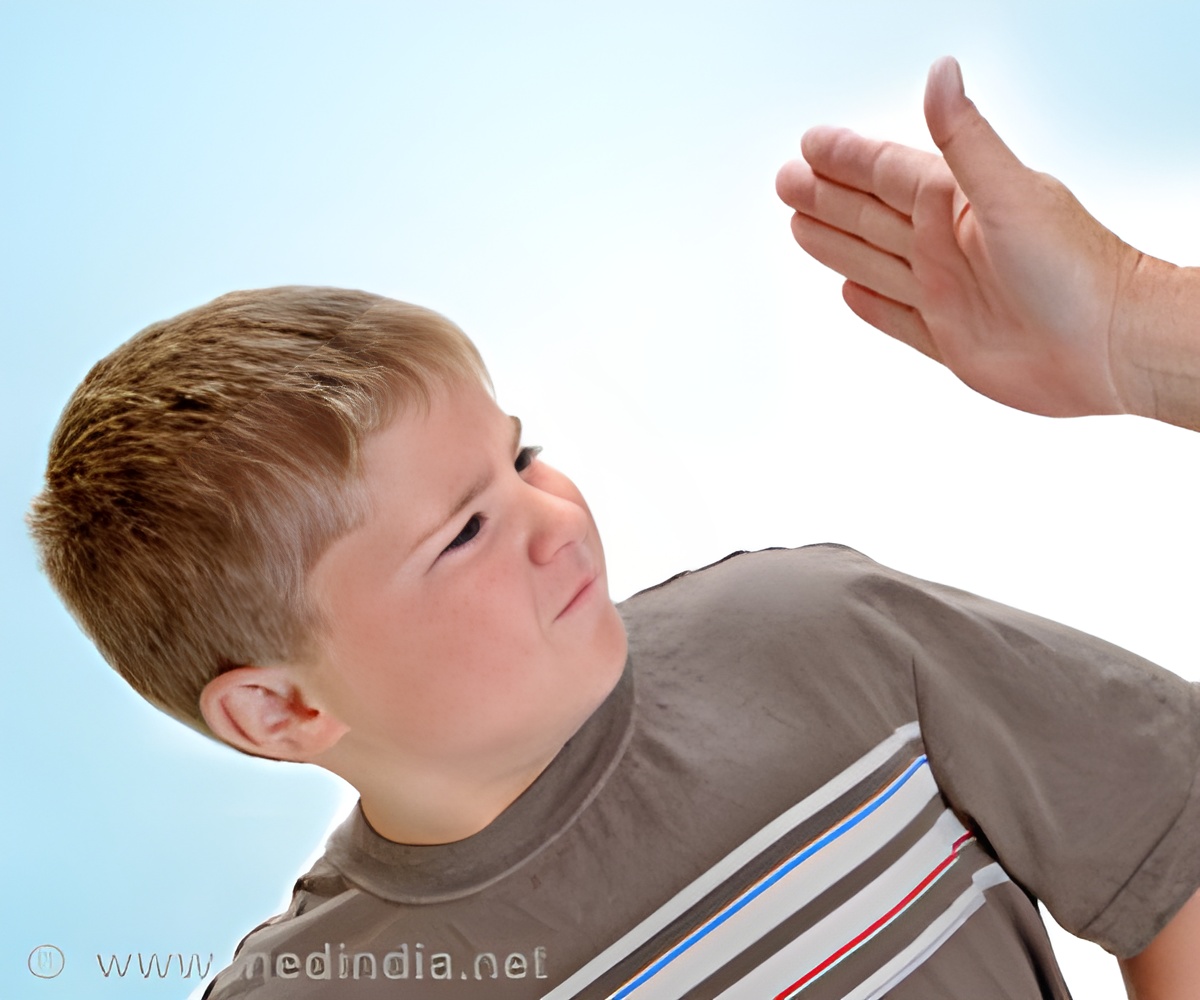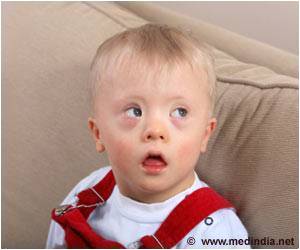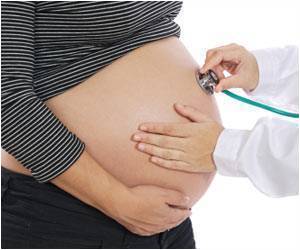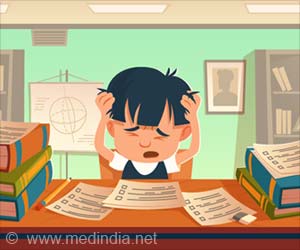In England and Wales, one in five children is severely injured due to child abuse.

‘Physical abuse, commonly seen among children below one year, is found to be the most important cause of severe trauma in children.’





Therefore, they examined the case information for children under 16 years of age, supplied by hospitals to the Trauma Audit and Research Network (TARN) for England and Wales between April 2012 and June 2015. Between 2012 and 2015, all details of 7,825 children were entered into database, 7,344 (94 percent) of whom were classified as unintentional (accidental) injury, and 481 (six percent) of whom were classified as suspected child abuse.
Children suspected of having been physically abused were much younger than those with unintentional injuries: three out of four were under the age of one, with an average age of four months. Their injuries were more severe and they were more likely to have a serious head injury. These children were also more likely to reach hospital by car, rather than by emergency transport and to arrive some considerable time after being injured averaging eight hours compared with one hour for children involved in accidents.
Once they reached hospital, they were less likely to receive time critical, potentially life-saving procedures, with only one in five treated at a major trauma center. The researchers also noted that organized trauma care networks rely on correct and prompt identification of patients with serious injury and emergency transport direct to a trauma care center rather than the local hospital.
"This study shows that trauma care systems need to modify their conventional approach to activation to enable early recognition of these infants and swift escalation up to 'major trauma patient' status in order to minimize delays to delivery of definitive care," they wrote. They believe, without the right trigger, delays are likely, and outcomes for these children are likely to be poorer. The study was published in Emergency Medicine Journal.
Advertisement
Source-ANI









